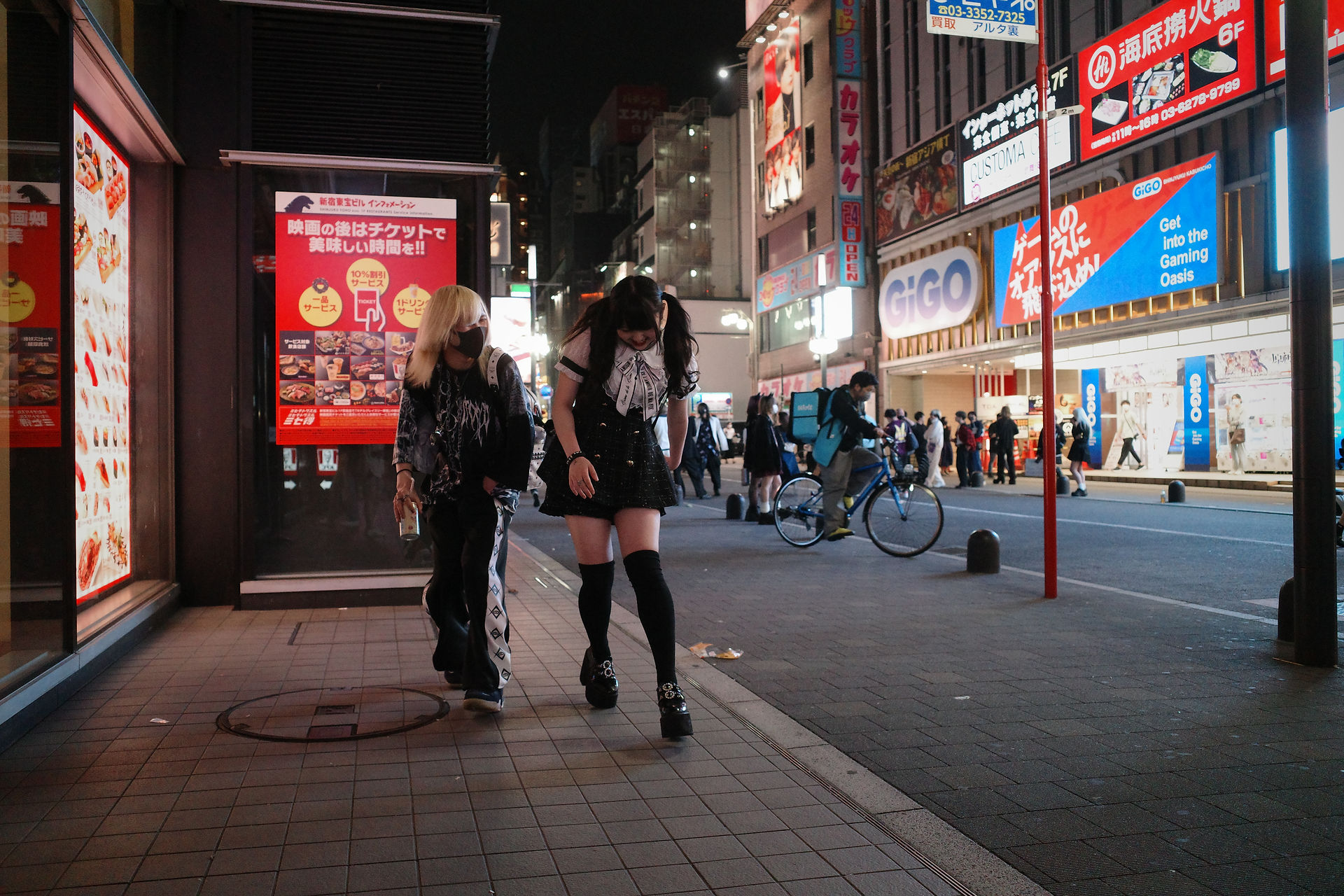
Popular media representation
Definition of Toyoko kids
by Saneo
Introduction
Recently, the news regarding Toyoko-kids were widely broadcasted on media, which a man who called himself “Howl” committed a lewd act on a 16-year-old girl in Kabukicho, Tokyo, and he got arrested. Probably a bunch of people come to know the word “Toyoko-kids” due to this incident. Then, why are they called “Toyoko-kids” and what differentiates from other kids? This page will feature the defintion of Toyoko-kids especially from the perspective of historical contexts and examine their categorization through data on media.
Who is Toyoko Kids?
Acording to the media, in the late 2021, the “Toyoko Kids” made a big splash on SNS and in the Japanese mainstream media. Acocording to the writer, Chiwawa Sasaki, who is an active female college student writer writing various articles focusing on Kabuki-cho culture and Generation Z (December 29, 2021, para. 2), they are the young people who hang out in the alley on the east side of “Shinjuku TOHO Building” where former Koma Theater existed, and where, now, Godzilla roars, which has become the new symbol of Kabukicho. The TOHO Cinemas Shinjuku located in the center of Kabukicho’s Central Road, was opened on April 17, 2015. Now, TOHO has become the symbolic landmark of Kabukicho, called “Godzilla-mae” or “TOHO-mae” because of the gigantic monument installed at the same height as Godzilla.
Roots of Toyoko Kids

On Japanese SNS, booms posting user's photos, particularly their selfies, with hashtags always in fashion, for example, 2010’s ”#自発ください” meaning that 自発 (spontaneous) is the abbreviation for “to send out from oneself,” and was a lighthearted way of expressing the desire for lots of replies and likes praising one’s post. Moreover, #らぶりつ (meaning give me your likes and replies), #雰囲気推してください (雰囲気 meaning cosplayers who mimic the fashion of their favorites and take selfies with favorites’ costumes and post them on SNS) and so forth. They are gradually named and classified on SNS as “自撮り界隈” meaning selfie neighborhood. And TOHO-mae was the designated gathering place for such people to interact on face-to-face occasions called “オフ会” meaning meeting in offline. Therefore, originally, people classified as Toyoko-kids are not Toyoko-kids but TOHO-mae Kids.
It is said that there were bartenders working in Kabukicho in the community, and TOHO-mae originally became the place of a chaotic street-drinking place until izakaya or bars opened. After business hours working generations, for instance, hosts, scouts, and other neighbors of Kabukicho joined the community.
Then, gradually, hosts and hostesses around Kabukicho saw the community gathering around TOHO building and started to call them “Kids.” That is how the name “Toyoko-kids” came about. In 2021, they move their gathering place to current Cine-City square, and the community have lasted to this day.
Speaking of the demographics of Toyoko-kids, the male to femal ratio is 3 to 7. The age range is from early teens to early 20s, mainly middle and high school students. The number of people is flexible, but there are 30 to 40 people there very day. Including occasionsl commuters, the number exceeds 500.
Conclusion
This page explored the defintion of Toyoko-kids based on media review, and they are described as young people who hang out in the alley on the east side of “Shinjuku TOHO Building” where former Koma Theater existed, and where, now, Godzilla roars, which has become the new symbol of Kabukicho. Also, they have roots in SNS community orginally, the face-to-face meeting up opporutnity was a direct cause of the brith of Toyoko-kids.



